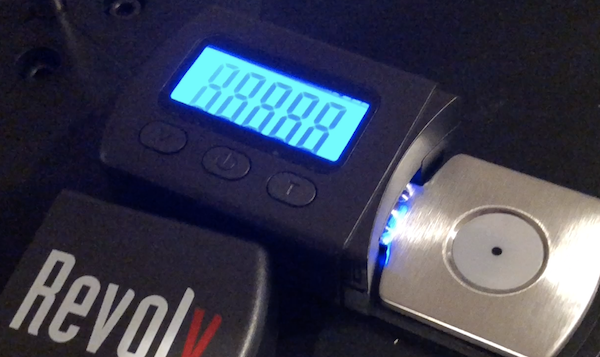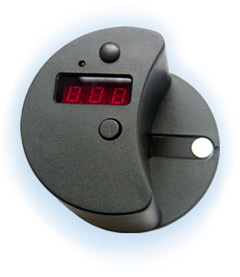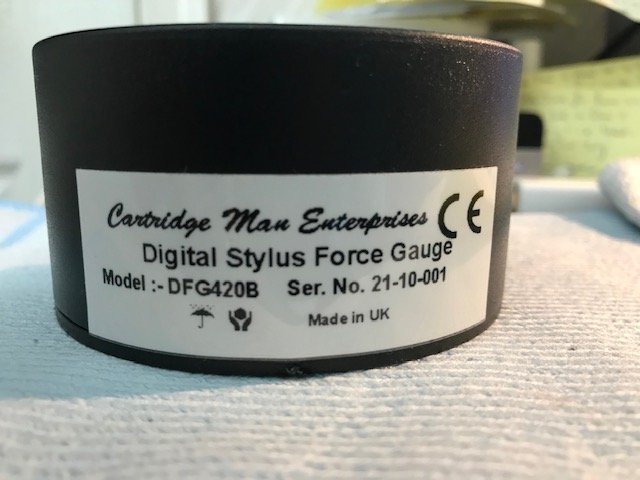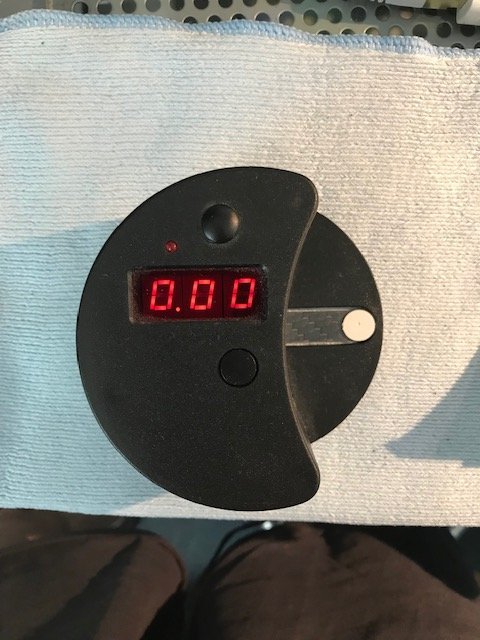it's a cartridge<->platter issue. and has to do with the strength of the cartridge magnets and platter metallurgy being spotty (different in different platter locations). if your platter has the same effect everywhere you might still have the issue, but don't obviously know it. i'm sure someone here can provide us a way to measure platter magnetic attraction variance.
i know my CS Port LFT1 has a 40kg stainless steel platter which has this consistent effect, so they changed the newest version to nickel plated brass platter. your AS-2000 has a 100kg (or more) stainless platter. have no idea whether it has this effect.
my Etsuro Gold cartridge seems perfectly happy on my CS Port tt. so i don't worry about it (maybe i should?)
agree it's preferrable that you don't have any issue with it.
the user can use a different cartridge on that particular platter. but it's helpful to realize it to begin with to be able to avoid that effect on playback.
i don't have any arms with dynamic balance where you dial in the tracking force. i did briefly have the Ikeda which did work that way and measuring it did seem accurate.....if not exactly perfectly precise. again, precise is needed for repeatability.
Thanks Mike. If the platter is magnetized, then yes the bigger the magnets in the cartridge, the greater the effect. It seems strange that it would vary across the width of the platter. I would try to avoid the issue if known about, especially if it varies across the platter.
Apparently some alloys get magnetized in the machining process. The AS2000 upper platter is made from a very rare type of alloy that does not get magnetized so it is not an issue, even with cartridges like the high output Colibris that have very strong magnets.
I do not think the VTF scale on the arm has anything to do with dynamic versus static tracking force. The SME V has the option of using either. The 3012R has only static. The scale on each arm is accurate if it is well balanced before tracking force is applied. I agree that accuracy is important for repeatability. Some claim they can hear differences in 1/100ths of a gram (0.0Xg). I get mine to 1/10th of a gram and it is good enough by ear. Different listeners should get the degree of accuracy that matters to them for piece of mind.










